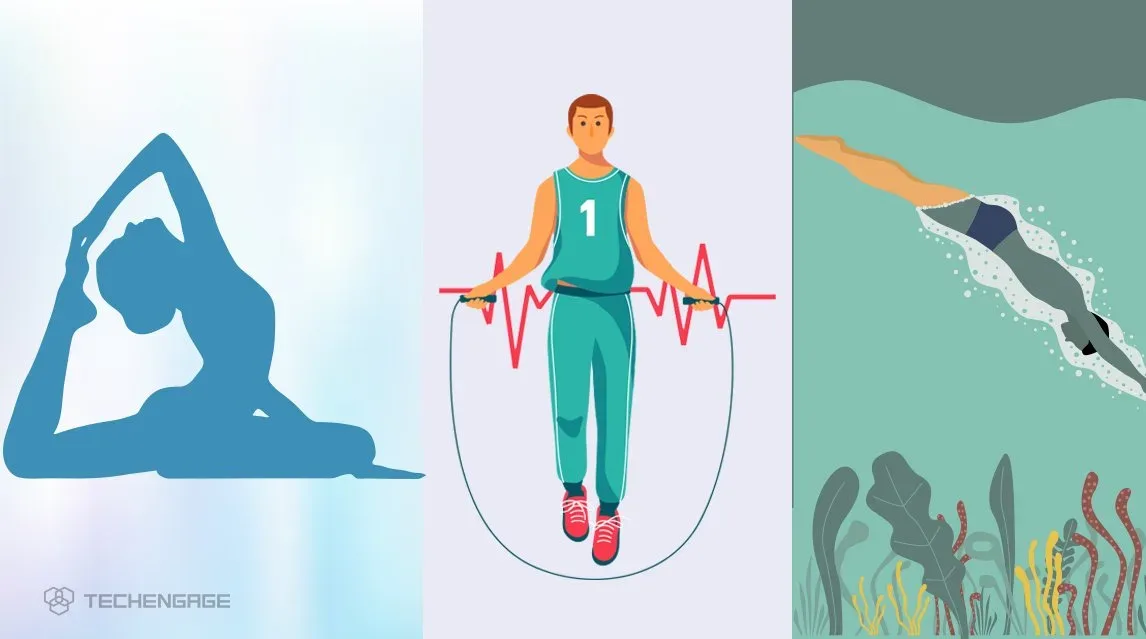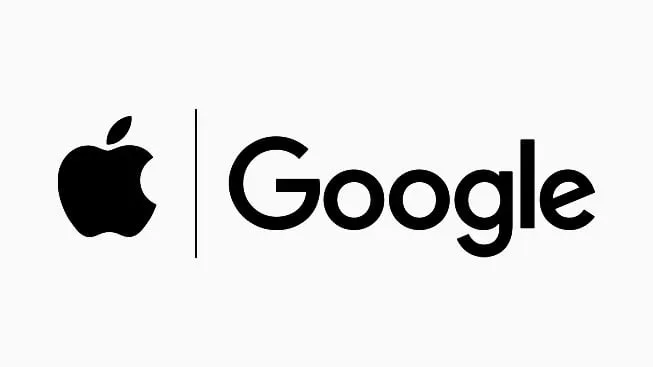What are Electronic health records?
Electronic health records are a well-organized and systematic group of electronic health data and information about individuals and populations that can be sent to the health care providers and centers.
Electronic health records is a computerized collection or group of patient’s records. EHR basically includes data and information like your age, sex, ethnicity, health history, list of medications, allergies, room allocation instructions, immunization status, contact information, lab test results, hospital discharge instructions, and billing information. Some companies are also providing online SAAS solutions to facilitate doctors, paramedics, and hospitals and managing records.
Disadvantages of paper documentation and records
- Time-consuming
- Tiring work
- Paperwork is not interactive
- Data can’t be shared
- Consumes a lot of space
- Chance of information lose
- Data is not secure
- More chances of errors and omissions
- Not flexible
- Difficult to arrange
Objectives of Electronic health records
- Electronic health records Support and boost interoperability
- Promote and stimulate technical innovations
- Inspire and boost participants
- Electronic health records keep the execution cost low
- Examine ideal practices, experiences, and framework
- Assist the maintenance and analysis of adopted standards
Advantages of Electronic health records
- No data is misplaced or lost
- Lets you analyze and classify patients who are due for defending visits and screenings
- Intuitive formatting of records
- No handwriting issues
- Observing and monitoring how patients measure blood pressure readings and vaccinations
- Data sharing and transformation is easy
- Electronic health records improve and upgrade the overall quality of the care
- Outstanding coordination
- Healthcare providers also provide patient’s feedback in real time
- Reducing healthcare investments and expenditures
- Improved determinations and decisions on the part of clinicians
- Encourage patients in self-management of chronic diseases
- Corporation between the doctor and the patient
- It helps to track previous medical history records and the treatment of the patients
- Improve and upgrade patient care
- Upgrade care coordination
- Enhances and boost patient participation
- Provides precise and accurate information to the patients and the health care providers
- Improve and enhance productivity
Disadvantages of Electronic health records
- Pricey software for EHR.
- Needs to purchase computers
- Training of IT staff is required
- Expenses for software maintenance
- Reliable upon genuine operations
How information from electronic health records is obtained?
Hospitals have designed there special electronic health records databases that can be accessed from every computer of the hospital. To view the patient records, the doctor or nurse or any of the healthcare providers would log in to the system with their specific username and password.
Tools in electronic health records
- Information buttons
- Computerized provider order entry
- The clinical decision support system
- Personal health care records
- Clinical data repository
1. Info buttons
From the info button, one can contact specific links from one information to another. It also provides relevant dependent information.
2. Computerized provider order entry (CPOE)
Computerized provider order entry permits the provider to enter the records electronically in the computers. It drops the concept of handwriting records.
3. Clinical decision support system (CDS)
Clinical decision support system provides the clinical information and patient related information. It also improves and upgrades patient care.
4. Personal healthcare records (PHR)
Personal healthcare records allow and permit the patient to keep track of their health care records. It also encourages patients in self-management of chronic diseases. It also allows the patient to take input from home monitoring devices like glucose meter and blood pressure monitors. It also improves the quality of care. It reduces cost as well.
5. The clinical data repository (CDR)
The clinical data repository is the database that stores all the health information of the electronic health records.
The future of electronic health records
- Minimize the data entry load or burden
- Allows better patient engagement and participation
- Working to incorporate remote patient monitoring
- Enhance and boost transparency
- Creating a more comprehensive description of the patient
Also read: Digital Health; The Good, The Bad
Conclusion
Electronic health records will productively and energetically change the way in which the clinicians are working. Since the electronic health records are digital, they can be shared easily with the healthcare providers.




Share Your Thoughts